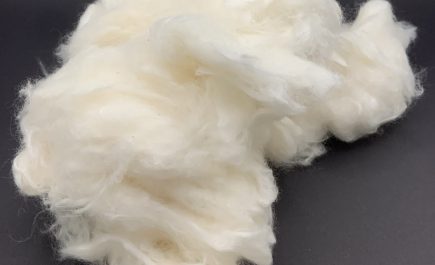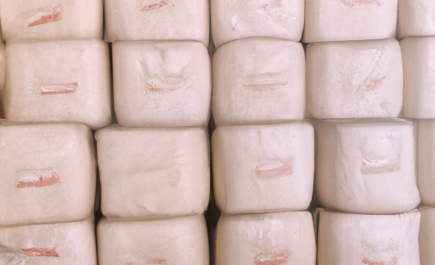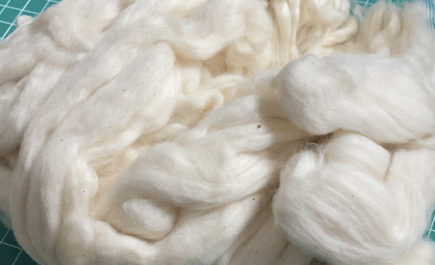TP-Exports sits at the centre, as a global trader, distributor and processor of commodity options in polymer and agri-by-products
Cotton By-Product
Sustainability and developing reuse over refuse capacity is becoming increasingly important in supply chains from both an industrial and consumer perspective. At TP-Exports, through our agri-by-products division, we deliver cotton by-products that would traditionally be marked as waste for recovery into various products, from yarn to paper and pulp.
By adding sustainable cotton by-products into your supply chain you’re able to build your ESG commitments, whilst still achieving the technical and quality performance from your feedstock.
All of our by-product cotton are processed and delivered under the same conditions as our raw and linter grades, with every container and bale HVI tested to provide batch records and traceability.
梳棉屑
Comber Noil Cotton or Cotton Comber, is a type of cotton by-product generated from the removal of short fibers during yarn production. As a waste condition, the comber cotton is a high-quality by-product suitable for numerous recycling and direct back-to-production applications.
- Softness and High Absorbency: With valued softness and high absorbency, making it suitable for applications including medical supplies, cleaning cloths, and paper manufacturing.
- Cost Effective: As a by-product cotton comber delivers not only on technical and environmental performance, but due to it’s waste nature is a cost-effective feedstock.

Grades Available
梳棉屑
Comber Noil Cotton
1) Condition: Pure Comber Noil Cotton
2) Content: 99.5% cotton / 0.05% trash content
3) Applications: Non-woven, Insulation & Fibre Recycling
梳棉屑
Cotton Comber w/Elastane
1) Condition: Cotton Comber w/Elastane content
2) Content: 88% cotton / 12% Elastane content
3) Applications: OE Yarn Spinning, Insulation
梳棉屑
Cotton Comber w/PES
1) Condition: Cotton Comber w/Polyester content
2) Content: 92% cotton / 8% Elastane content
3) Applications: OE Yarn Spinning, Insulation
Cotton Gin Motes
Cotton gin motes, are a robust by-product from the ginning process, offering an effective source of raw material for industries, thanks to their inherent fibrous content, potential for oil extraction, and compatibility in animal feed formulations.
Gin motes conditions include long staple length with minimum trash content, through to lesser grades with higher trash content with increased cost-effective feedstock.
Ginned motes often come under different naming conventions depending on the region, either being called Reigned Motes, Ginned Motes or Gin Motes.

粗纱棉
Roving fitil cotton is a by-product generated during the spinning process of cotton yarn manufacturing. Composed of short fibres, tangled yarns, and other residues, roving fitil cotton waste is collected from the spinning frames and is repurposed for various applications, such as filling material for cushions and mattresses, insulation, and non-woven fabric production.
Roving fitil is also known under several other common industry names, including:
- Cotton sliver: A continuous, untwisted strand of fibre created during the carding and drawing process.
- Cotton roving: Another term for cotton sliver, emphasizing the stage in the spinning process.
- Cotton tops: Like cotton slivers, but the fibres are more parallel and have undergone additional processing, such as combing.

Grades Available
高密度聚乙烯
1) Condition: Baled Roving Fitil w/low trash content
2) Color: Natural
3) Applications: Non-woven, Insulation & Fibre Recycling
We work to set-up, execute and manage commodities across a range of sectors, with the inherent objectives of delivering risk mitigated options and value add through data driven decisions.
6+
markets actively operating in
2
defined business units
3
strategic offices